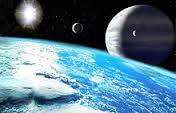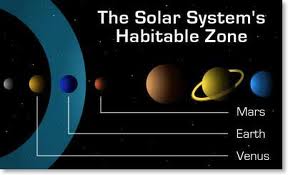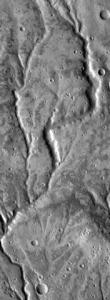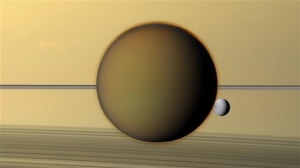In the last post I hope I explained how all the elements and building blocks for life came from the death throes of exploding stars. But having produced these ingredients and flung them far and wide throughout the cosmos, we are still a long way from producing life.
The key basic elements for life [as we know it] are hydrogen, oxygen, nitrogen and carbon. These give us a protective atmosphere around a planet, water – the key medium in which life first started and the more complex amino acids and proteins that are in every life form.
But although these elements were carried to billions of planets in billions of galaxies, life could only form if a very special set of circumstances were met.
The first of these is the position of the planet within the solar system of a particular star – the habitable zone.
Basically this is defined as a range of distance from the star where water can exist on the surface of a planet, or below the surface, in one or more of its forms – ice, liquid water, water vapour or steam. But crucially the planet must be able to hold on to this water for the millions of years necessary for life to form and evolve.
Our solar system gives us a good example of the habitable zone which stretches from the orbits of Venus to that of Mars. Outside of these orbits is Mercury which is so near the Sun that water cannot remain on its surface because of its high temperatures. Outside of Mars orbit we have planets that are either gas giants e.g. Jupiter or cold rocky planets far from a recognised habitable area.
Situated in the most perfect position with respect to its star is Earth where temperature, the presence of an atmosphere and an abundance of liquid water have resulted in the most amazing diversity of life.
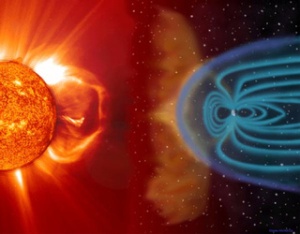 But being in the right position i.e. in the habitable zone, does not guarantee life or sustained life. The planet must be able to hold on to its life making elements and protect itself against solar radiation.
But being in the right position i.e. in the habitable zone, does not guarantee life or sustained life. The planet must be able to hold on to its life making elements and protect itself against solar radiation.
The best examples of this are Earth and Mars, both within the habitable zone but one is bristling with life whereas the other is a dusty rocky planet. However, about 4 billion years ago Mars had extensive water on its surface and a reasonable atmosphere and life may have formed in a primitive way. I hope the current Mars rover will find incontrovertible proof of this.
So what happened? In simple terms, Earth held onto its water and atmosphere whereas Mars did not. Earth’s iron core generates a magnetosphere which deflects the damaging solar radiation [see previous post]. However Mars has no protective shell and the result of the continuous solar bombardment was to slowly strip away the atmosphere and then the liquid water. Now there are small amounts of ice at the poles and below the surface and very little atmosphere. If life did form on Mars the evidence will be below the surface.
There may be life outside the habitable zone in our Solar System. Saturn’s moon, Titan has an atmosphere and oceans below the surface. So it has water and there is every chance that life may have formed and evolved below the surface.
So “is there life elsewhere?” – You bet there is!
Why not take a journey with Olivia Medici and Scott Parker to the star Seren and learn how I envisage that life may have evolved elsewhere. Be prepared to discover the unimaginable!

